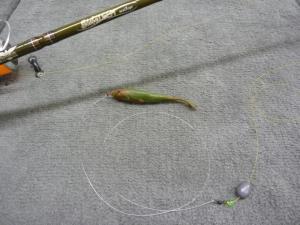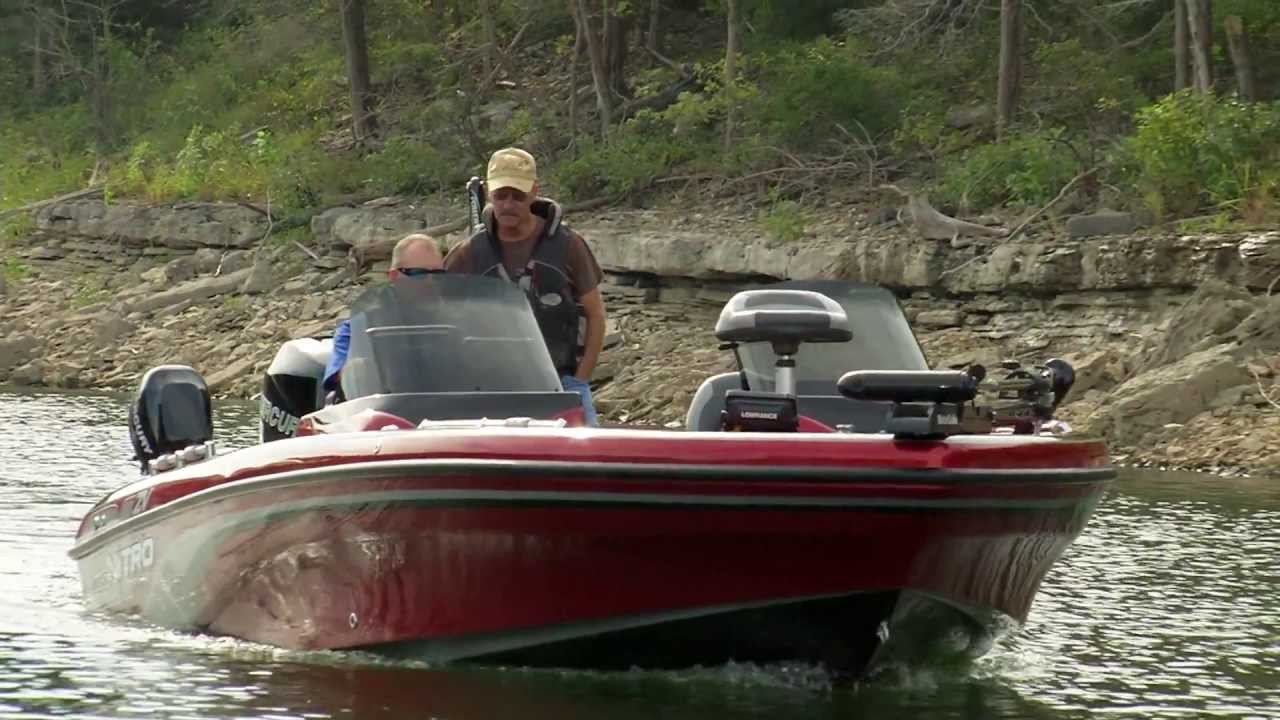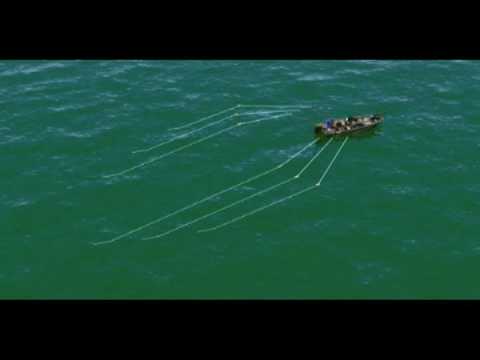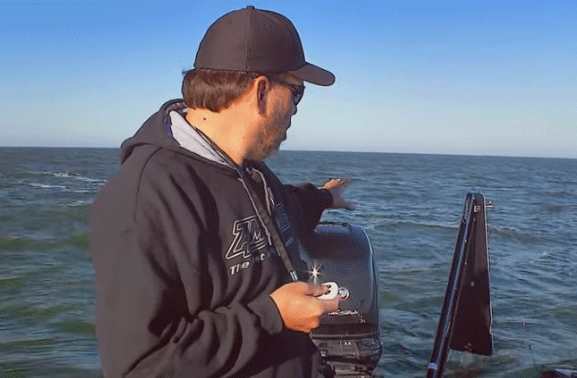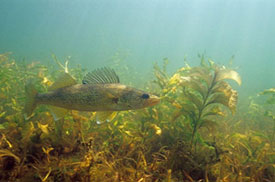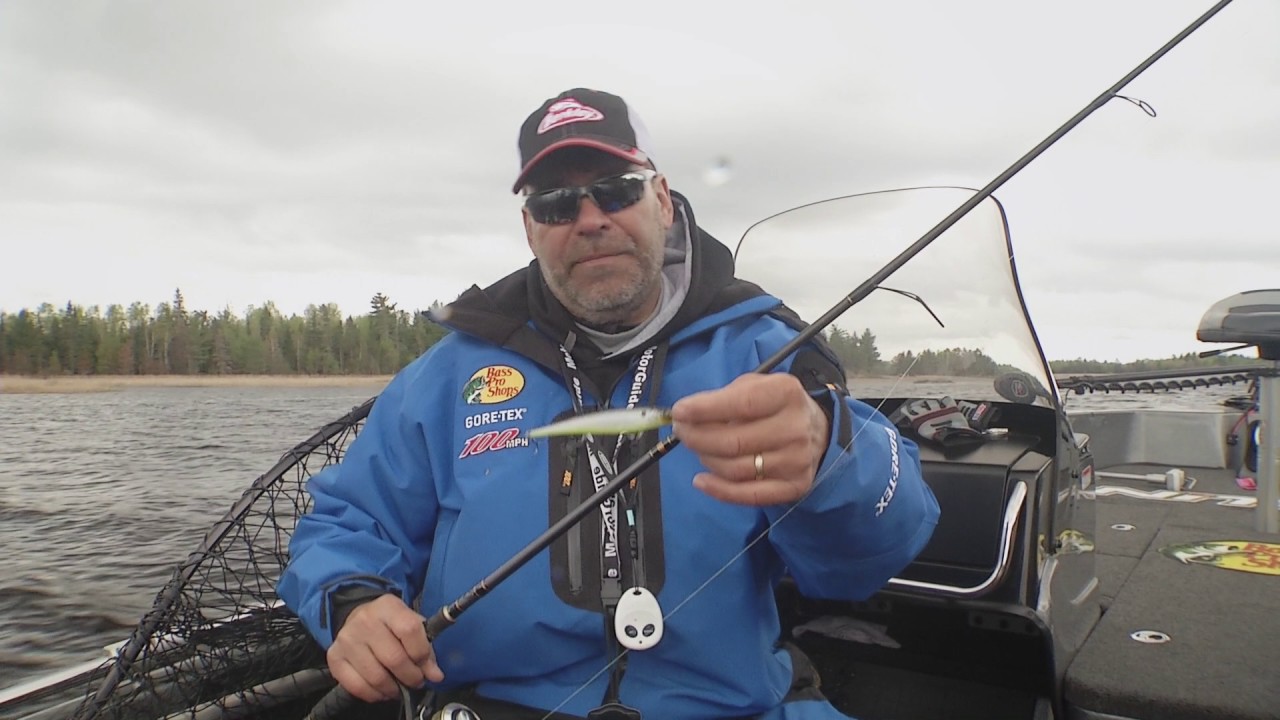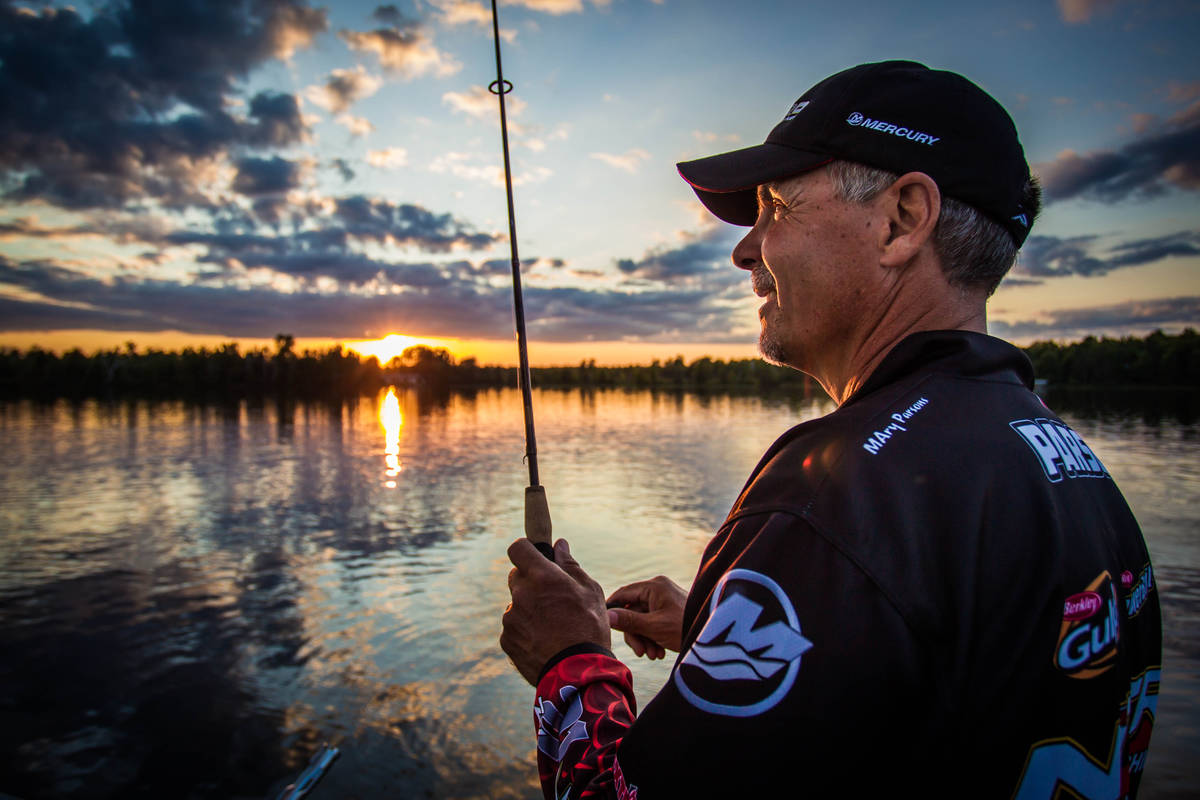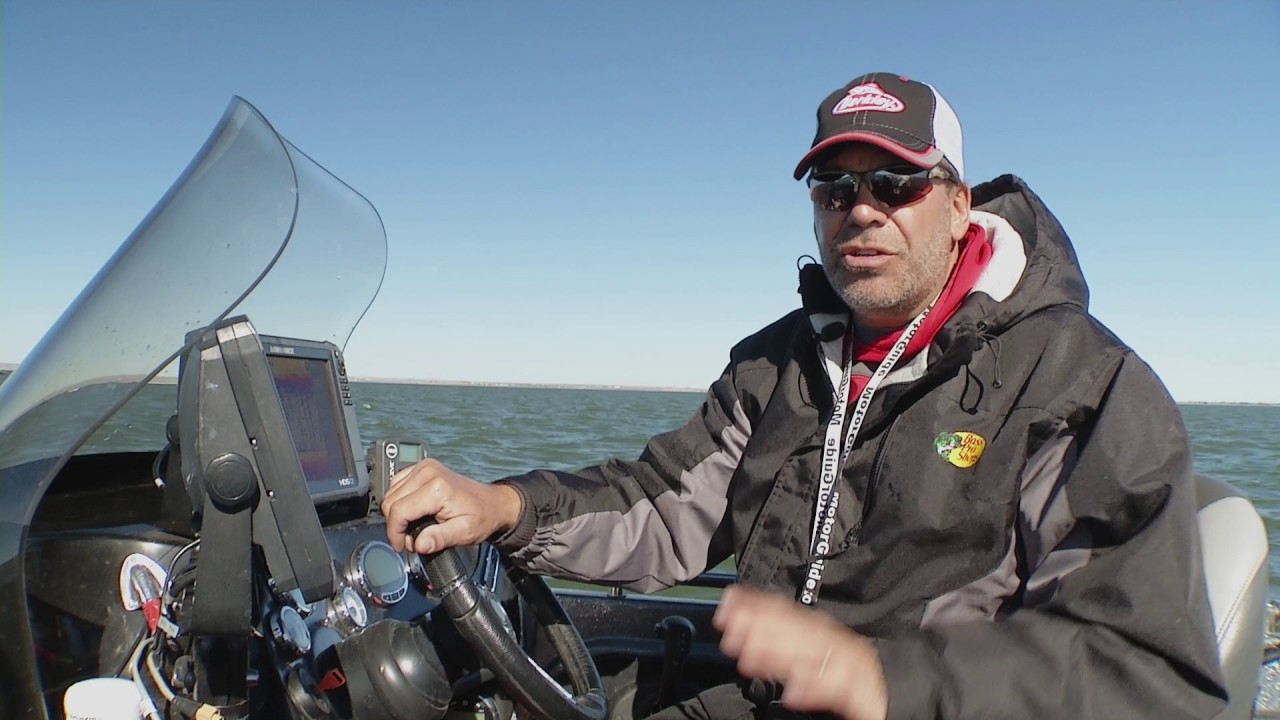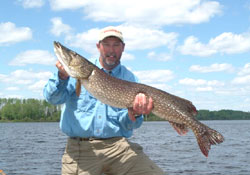 Anyone who has encountered the northern pike or muskie has also encountered the dreaded “bite off”, so common when these fish come unglued on a bucktail, jerkbait, jig or spoon. Combine a bone jarring strike with a mouth full of dagger-like teeth and it’s no wonder anglers everywhere have openings in their tackle box where their favorite lures used to be.
Anyone who has encountered the northern pike or muskie has also encountered the dreaded “bite off”, so common when these fish come unglued on a bucktail, jerkbait, jig or spoon. Combine a bone jarring strike with a mouth full of dagger-like teeth and it’s no wonder anglers everywhere have openings in their tackle box where their favorite lures used to be.
Not only do pike and muskie have a major case of overbite, they can bite through just about any fishing line short of steel wire. No doubt this is why the common coated steel leader is considered standard equipment by many anglers who venture into esox country. Wire leaders prevent “bite offs”, but they can also prevent a lot of strikes from happening in the first place.
If not using a leader means fish lost to “bite offs” and using a leader means no bites, what’s an angler to do? The answer depends a lot on the lure type and presentation involved. For certain pike and muskie fishing methods a leader isn’t necessary and for others it’s almost mandatory. Understanding when to use leaders and what types work best with various lures and fishing presentations is the fast track to esox success.
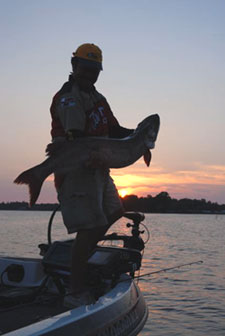 Total Solutions Technique
Total Solutions Technique
When is a pike or muskie leader not necessary? The quick answer is a leader isn’t necessary in most crankbait trolling situations. Usually when trolling with crankbaits pike and muskie are lip hooked. This happens in part because a fast moving lure on a steady course is hard for a pike or muskie to fully engulf down their gullet. Most of these fish caught while trolling have the lure lodged firmly in their mouth, but not buried so deep the fish can shear off the line. Also, pike and muskie sized crankbaits are more than a mouthful even for big fish. Simply trolling with larger lures will prevent 99% of “bite offs”.
If big crankbaits help to reduce “bite offs”, which lure group suffers most from the sharp teeth of these fish? The short answer this time is jigs. Jigs dressed in various soft plastics or with live minnows tend to get sucked right down the stove pipe and “bite offs” are common. When jig fishing a bite resistant leader of some sort is almost mandatory.
Other smaller lures like in-line spinners and spoons are also very susceptible to “bite offs”. Fishing without a leader with any bait that’s small enough to easily fit inside a pike or muskie’s mouth is like playing Russian Roulette with all the cylinders loaded.
The type of retrieve used is also a factor in how many “bite offs” are likely to occur. A hefty spinnerbait or bucktail spinner that’s casted and retrieved with a steady cranking motion is fairly safe from the teeth of these predators.
Other lures like jerkbaits or topwater plugs that are fished in a start and stop motion are sitting ducks and almost certain to suffer from “bite offs” if certain precautions aren’t taken.
Total Solutions Equipment
Berkley produces a host of leaders designed to make pike and muskie fishing a happy affair. Berkley’s Wire-Wound Leaders are available in various lengths and 20, 30 and 45 pound test ratings. These leaders are very thin, flexible and wound instead of crimped for extra strength. This leader type is ideal for fishing jerkbaits, topwater lures, jigs and other stop and go presentations.
Sevalon Nylon Coated Wire is inexpensive and another effective way to reduce “bite offs” when fishing steady retrieve style presentations like casting spinnerbaits, diving crankbaits, spoons or bucktails.
The way to beat the teeth of pike and muskie is to match up the right leader with the right lures and presentations. Understanding the basics of leader technology can just about guarantee that when Mr. Big decides to bite, the experience will result in a thrill not a disappointment.
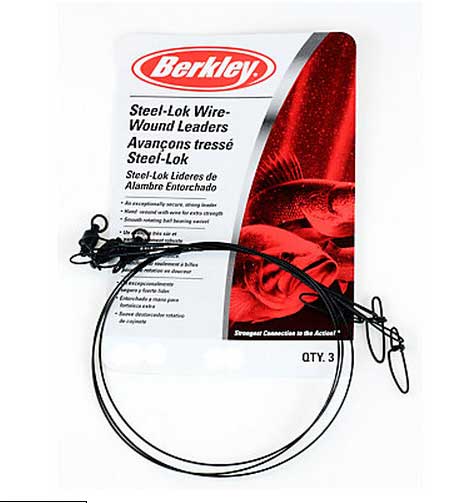 Berkley’s Wire-Wound Leaders |
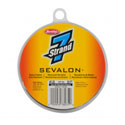 Sevalon Nylon Coated Wire |

